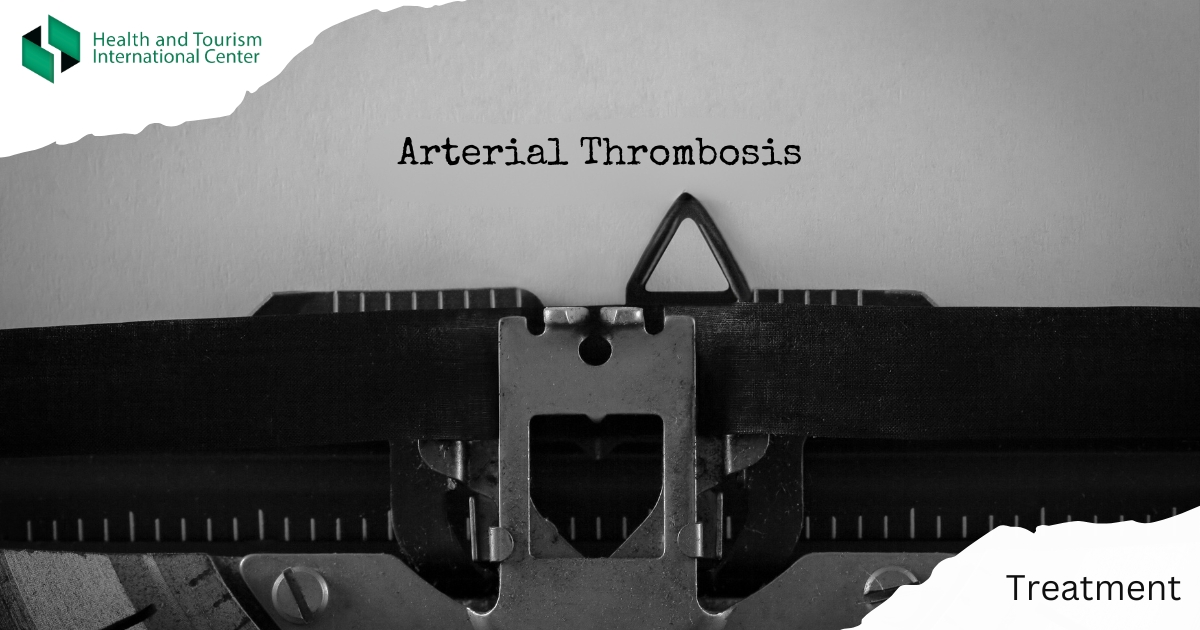Diagnosis Arterial thrombosis means that a blood clot has formed in an artery.
If arterial thrombosis is suspected, an angiogram, electrocardiogram, or ultrasound is prescribed - the purpose of this study is to determine how blood flows in the artery and why the physiological process is disrupted.
The doctor will prescribe additional blood tests if he decides that the symptoms are indicative of a heart attack - the test determines the presence of troponin. Troponin is produced when the heart muscle is damaged during a heart attack.
If doctors suspect that arterial thrombosis caused a stroke, they prescribe an MRI or CT scan of the brain.
Drug therapy and surgical intervention are provided for the treatment of arterial thrombosis.
There are various procedures to treat a blood clot, including:
- Removing the clot;
- Widening the artery;
- Rerouting the blood;
- Stenting to restore blood flow.
Atrial fibrillation must be managed to prevent future arterial thrombosis.
Source:
https://www.healthline.com/health/arterial-thrombosis#diagnosis

